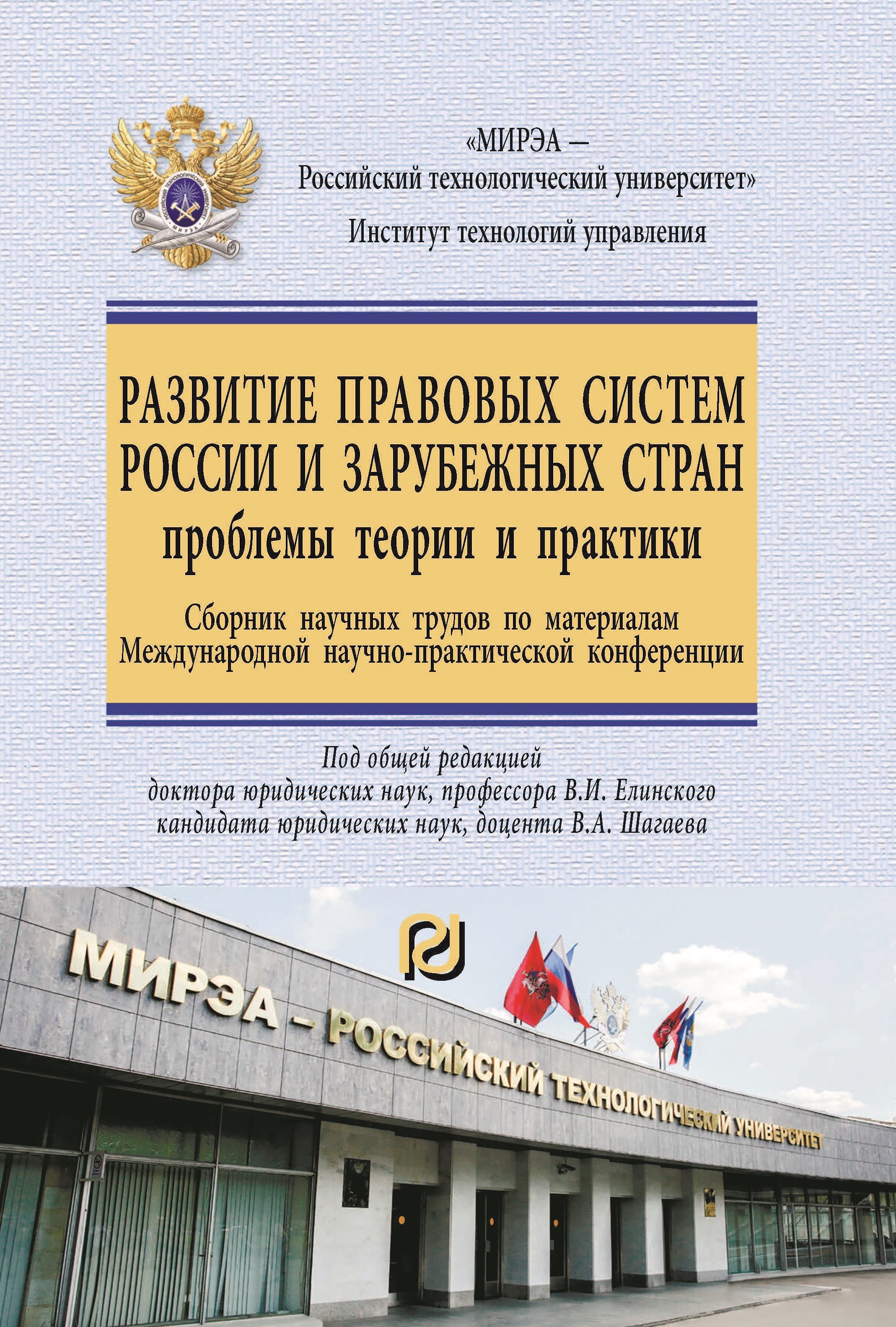UDC 34
CSCSTI 10.15
Russian Classification of Professions by Education 40.04.01
Russian Library and Bibliographic Classification 67
Russian Trade and Bibliographic Classification 7531
BISAC LAW018000 Constitutional
This article is a comparative study between not only two manuscripts of constitutions of Japan, but also analytic research revealing all the cultural, ideological, and political aspects that led the Japanese authorities to adopt each of them. The Meiji Constitution was proclaimed in 1889 during the imperialistic phase of Japanese history where the country was named Empire of Greater Japan (大日本帝国), where Tokyo was a dominant world power. While the recent Constitution of Japan (日本国憲法) was issued in 1947 under the supervision of the Supreme Commander for the Allied Powers (SCAP), which is eventually, a foreign occupation authority. Through the detailed analysis, premising, and reasoning this study will reveal the historical events that resulted those constitutions and will open the debate to discuss the future prospects of the Japanese armament attempts, which is confined and restricted by Article 9 (日本国憲法第9条).
Japanese studies, constitution, history, peace, law
1. A Decade of American Foreign Policy 1941-49, Washington: United States Government Printing Office, 1950.
2. Barshay A.E. (2021). State and intellectual in imperial Japan: The public man in crisis. University of California Press.
3. Basic initial post surrender directive to supreme Commander for the Allied powers for the occupation and control of Japan (JCS1380/15). (n.d.). 国立国会図書館-National Diet Library. URL: https://www.ndl.go.jp/constitution/e/shiryo/01/036/036tx.html.
4. Bix H.P. (2009). Hirohito and the making of modern Japan. HarperCollins.
5. Colegrove K. (1941). Militarism in Japan’s foreign policy. The ANNALS of the American Academy of Political and Social Science, 215(1). Pp. 7-16. DOI: https://doi.org/10.1177/000271624121500102.
6. Duus P., Myers R.H. & Peattie M.R. (2010). The Japanese wartime empire, 1931- 1945. Princeton University Press.
7. F.R.U.S.: Foreign Relations of the United States, Department of State, Volumes: VI, VII, VIII, XVIII, Washington: United States Government Printing Office.
8. Ford D. (2013). The Imperial Japanese Army in the World War II era. Military History. DOI: https://doi.org/10.1093/obo/9780199791279-0115.
9. Friedrich C. (1948). American Experiences in Military Government in World War II, Rinehart C.
10. Gerwarth R. (2015). The Axis. The Cambridge History of the Second World War. Pp. 21-42. DOI: https://doi.org/10.1017/cho9781139524377.004.
11. Haugen B. (2005). Douglas MacArthur: America’s general. Capstone.
12. Hewitson M. (2010). Prussia, the nation and the Constitution. Nationalism in Germany, 1848-1866. Pp. 221-290. DOI: https://doi.org/10.1007/978-0-230-31352-1_6.
13. Jefferies M. (2016). The Ashgate research companion to imperial Germany. Routledge.
14. Joji Matsumoto. Draft of tentative revision of the Constitution draft. Birth of the Constitution of Japan. (n.d.). 国立国会図書館-National Diet Library. URL: https://www.ndl.go.jp/constitution/e/shiryo/02/058cshoshi.html.
15. Keene D. (2005). Emperor of Japan: Meiji and his world, 1852-1912. Columbia University Press.
16. N.D.L.: National Diet Library - Japan. URL: http://www.ndl.go.jp/en/index.html.
17. Nishikawa Y. (2018). Article 9 and the Constitution of Japan. Political Sociology of Japanese Pacifism. Pp. 32-66. DOI: https://doi.org/10.4324/9781315164045-3.
18. O.J.P.P.: Occupation of Japan: Policy and Progress, Washington: United States Government Printing Office, 1946.
19. P.R.J.S.S.: Political Reorientation of Japan September 1945 to September 1948, Washington: US Government printing office, 1949.
20. Papers Relating to the Foreign Relations of the United States 1946, Vol. VI, Washington: United States Government Printing Office, 1969.
21. Papers Relating to the Foreign Relations of the United States1947, Vol. III, Washington: United States Government Printing Office, 1972.
22. Parish H. (1974). The Role of the Imperial Family in Modern Japan. Social Science, 49(2). Pp. 74-84.
23. Pittau J. & Saburo I. (1965). Minobe Tatsukichi no shisoshiteki kenkyu (Intellectual and historical studies in Minobe Tatsukichi). Monumenta Nipponica, 20(3/4). P. 468. DOI: https://doi.org/10.2307/2383349.
24. Potsdam declaration. (2020, July 24). Truman Library Institute. URL: https://www.trumanlibraryinstitute.org/wwii-75-marching-victory-17/.
25. Renunciation of war. (2004). Grassroots Pacifism in Post-War Japan. Pp. 234-234. DOI: https://doi.org/10.4324/9780203421000-22.
26. Staff E. (1966). General headquarters Supreme Commander for the Allied powers: Official documents (Part 1). Japanese Journal of Religious Studies. DOI: https://doi.org/10.18874/jjrs.crj.7.4.1966.321-360.
27. The Constitution of Japan. (n.d.). Prime Minister of Japan and His Cabinet. URL: https://japan.kantei.go.jp/constitution_and_government_of_japan/constitution_e.html.
28. The Constitution of the empire of Japan | Birth of the Constitution of Japan. (n.d.). 国立国会図書館-National Diet Library. URL: https://www.ndl.go.jp/constitution/e/etc/c02.html.
29. Yamamura K. (1964). Zaibatsu, prewar and Zaibatsu, postwar. The Journal of Asian Studies, 23(4). Pp. 539-554. DOI: https://doi.org/10.2307/2050237.





